Rangoli Competition
Teams create floor designs using colored powders, flower petals, or rice. Let employees vote via app for winners in categories like Most Traditional, Most Creative, and Best Colors.
Mon, 25 Aug 2025
Planning a memorable Diwali celebration doesn't have to be complicated. Here are fresh, ready-to-execute ideas that will light up your office and bring your team together.
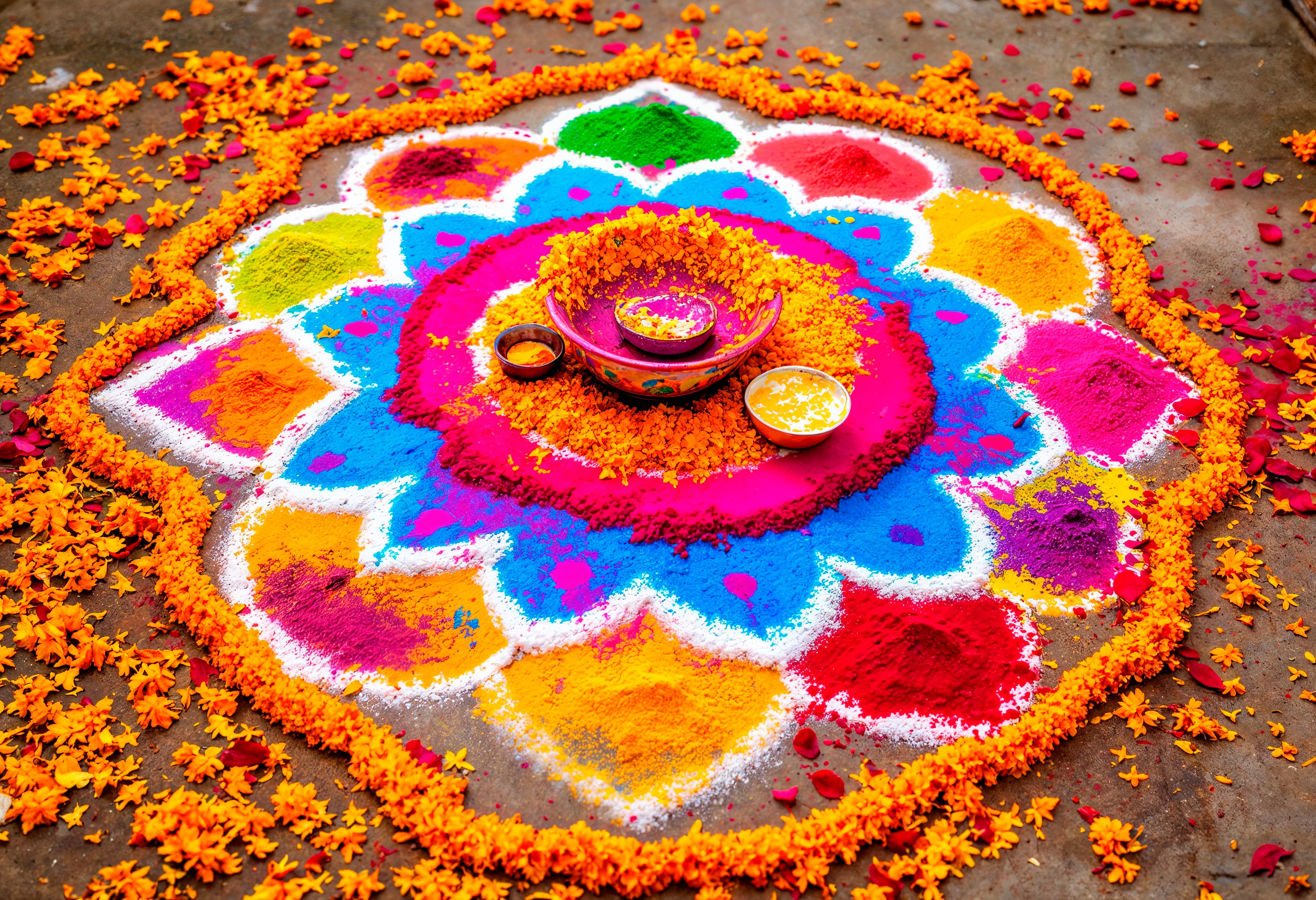
Teams create floor designs using colored powders, flower petals, or rice. Let employees vote via app for winners in categories like Most Traditional, Most Creative, and Best Colors.
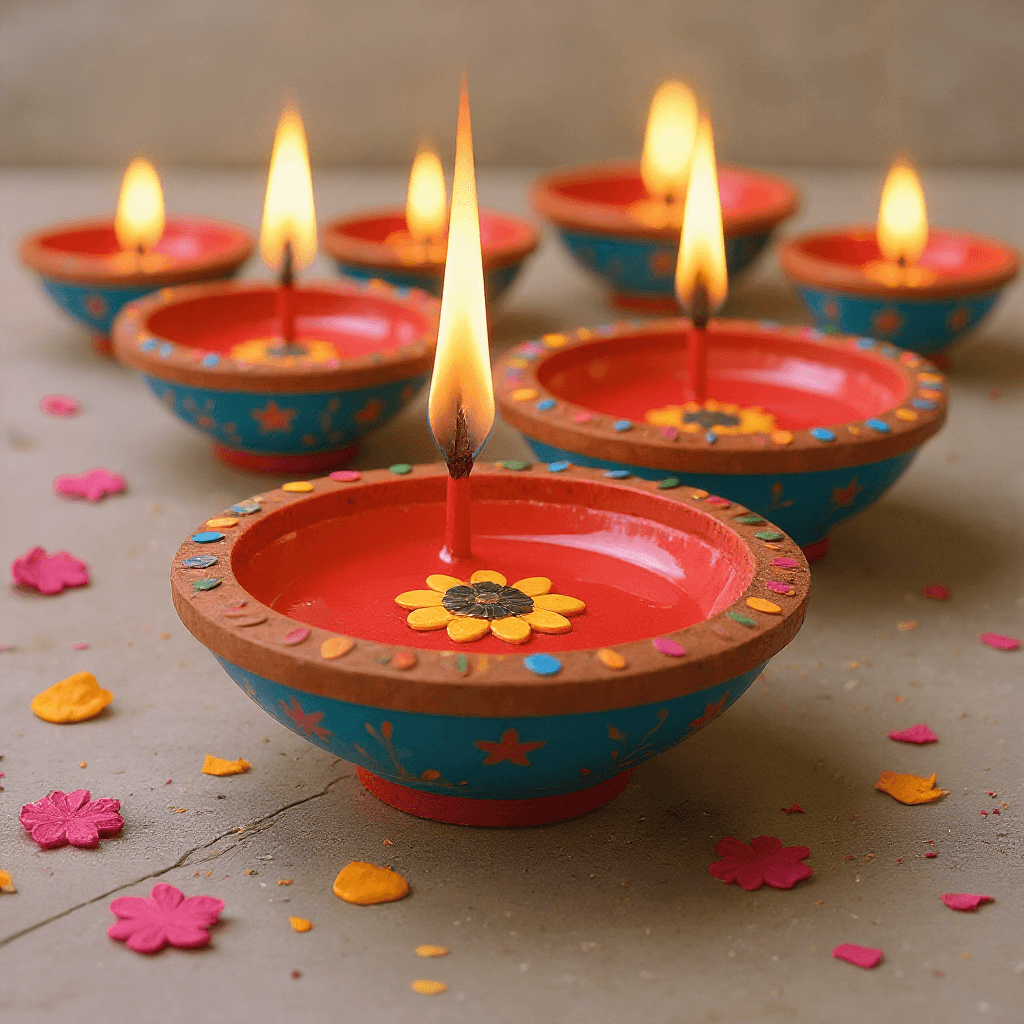
Set up a drop-in station where employees decorate clay diyas with paints, glitter, and beads. Everyone takes home their creation as a keepsake.
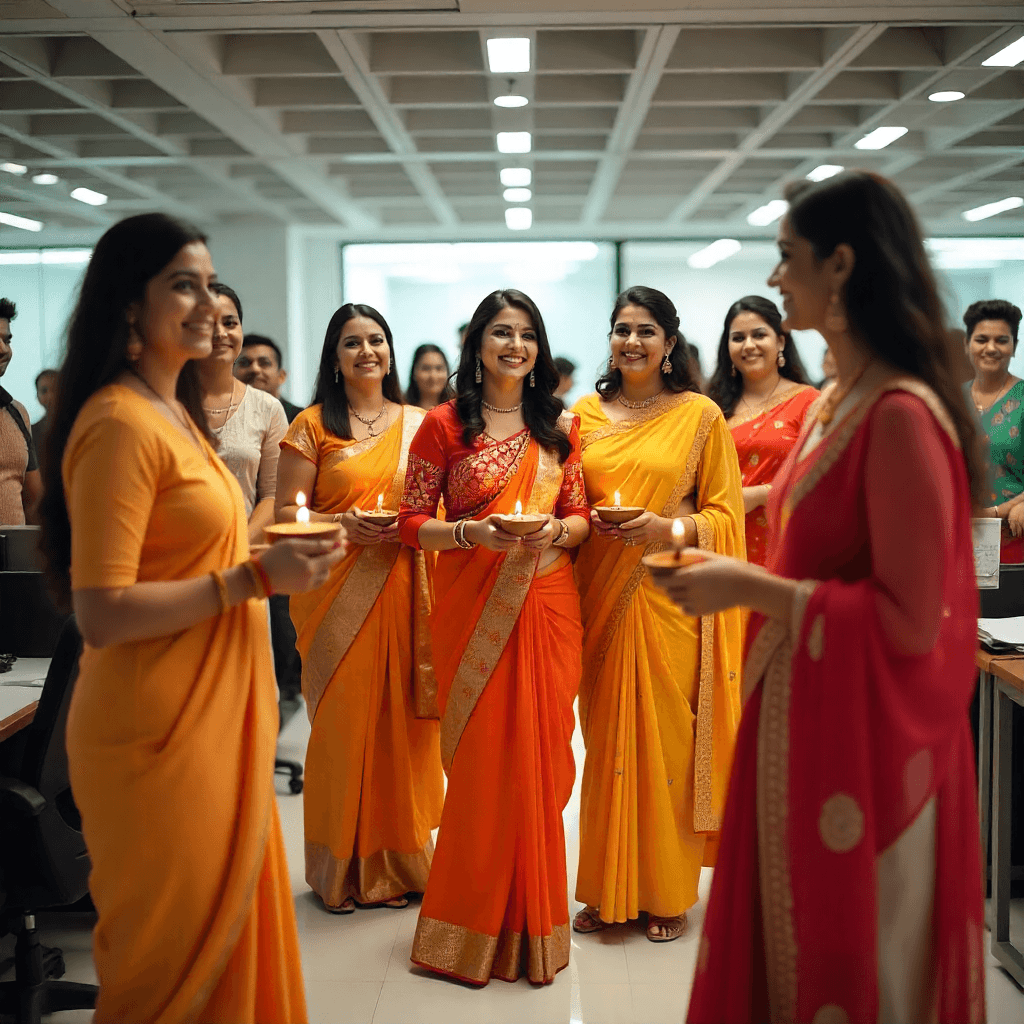
Host an informal fashion walk where employees wear traditional attire and share their outfit's story. Award categories like Most Colorful and Best Traditional Look.

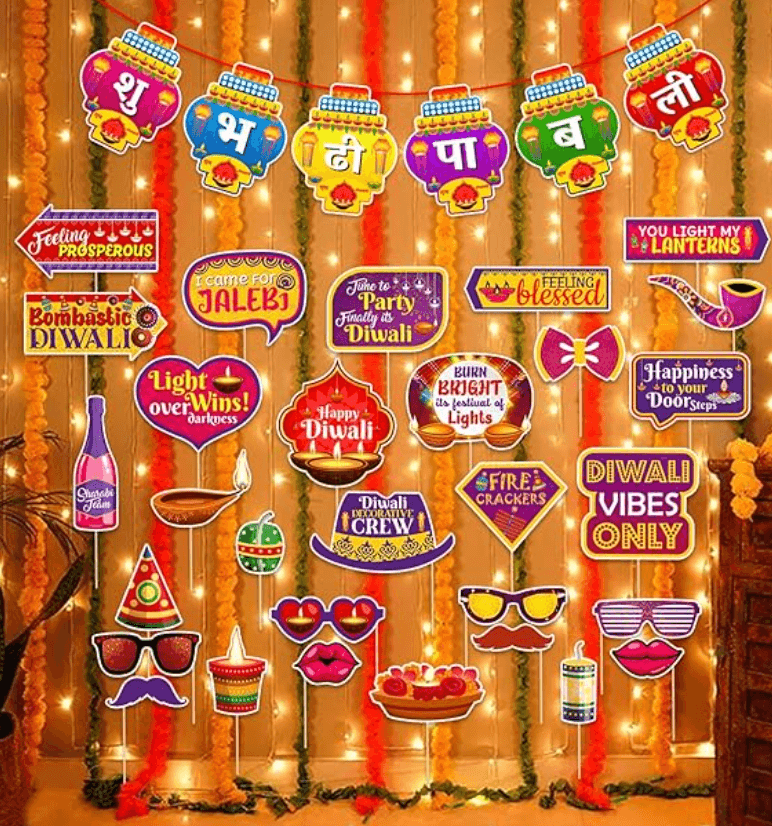
Create a backdrop with traditional motifs and props like decorative masks, festive signs, and traditional jewelry. Position good lighting for memorable photos.
The crowd favorite! Set up an interactive counter with pani puri, bhel puri, dahi puri, papdi chaat, and aloo tikki. Have a chef prepare fresh portions on the spot.
Display regional varieties on tiered stands:
Label each with name and region.
Offer samosas, pakoras, chakli, namakpare, and mathri. Keep hot items in chafing dishes and cold snacks in decorative baskets.

Hide clues around the office related to Diwali traditions. Teams solve riddles and complete challenges to reach the final prize.
Book classical dancers or musicians for cultural entertainment. Include an employee talent show where colleagues perform songs, dances, or poetry.
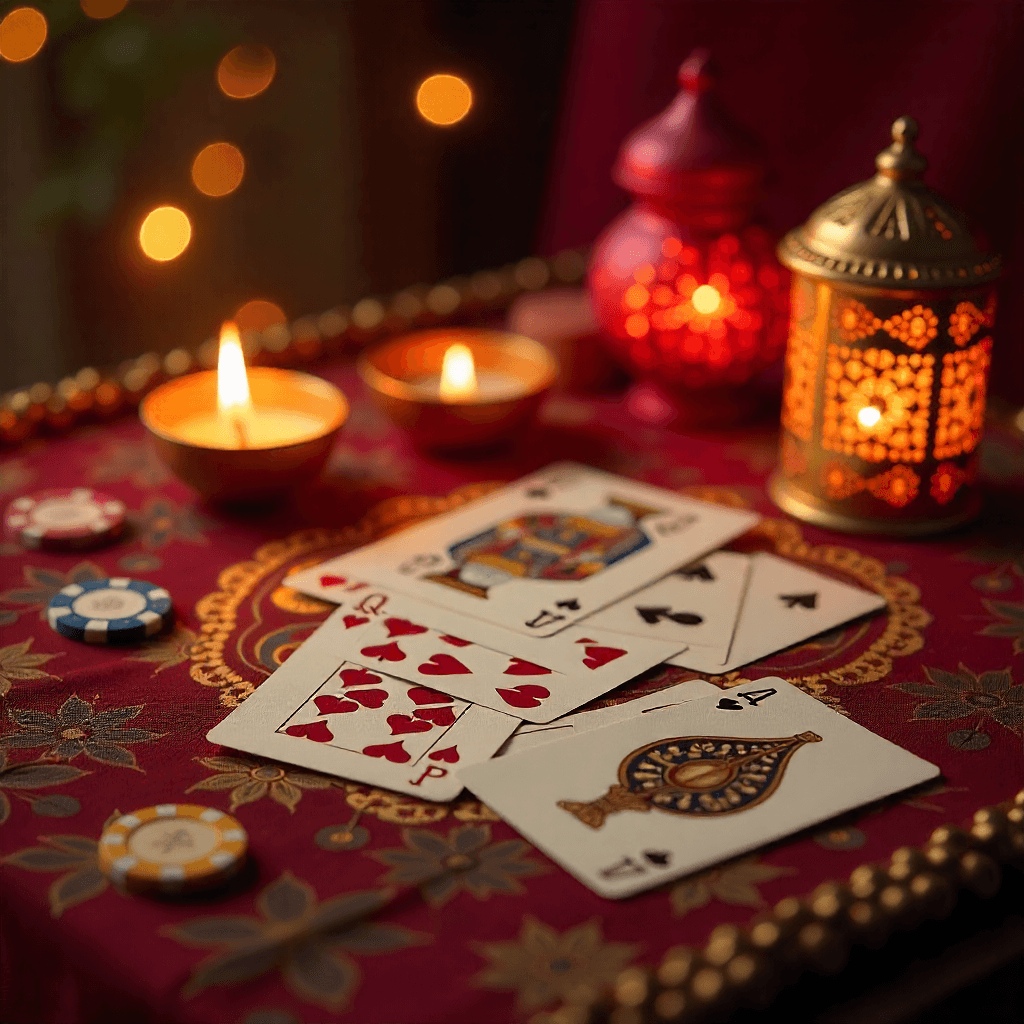
Include sweets box, decorative diya, dry fruits packet, personalized card, small plant, and incense. Pack in reusable cloth bags.
Let employees choose from household essentials like vacuum cleaners, luggage sets, kitchen appliances, or gift vouchers. Everyone gets something they actually need.
Present bonuses in decorative shagun envelopes during the celebration. Add a personal thank you note from leadership.

Before Event: Send teaser announcements, share agenda, build activity calendar, handle registrations
During Event: Push notifications for activities, enable digital voting, share live updates and photos
Wall & Photo Hub: Employees upload photos and share updates through a common feed.
One platform replaces multiple tools for invites, voting, photos, and communication.
✅ Pick 2-3 competitions (rangoli, diya painting, dress showcase)
✅ Set up food stations (chaat, sweets, snacks)
✅ Plan games and entertainment
✅ Organize decorations and lighting
✅ Order goodie bags and hampers
✅ Set up event app for coordination
✅ Create photo opportunities
✅ Brief volunteers
Happy Diwali! Create moments of light, joy, and connection. 🪔✨